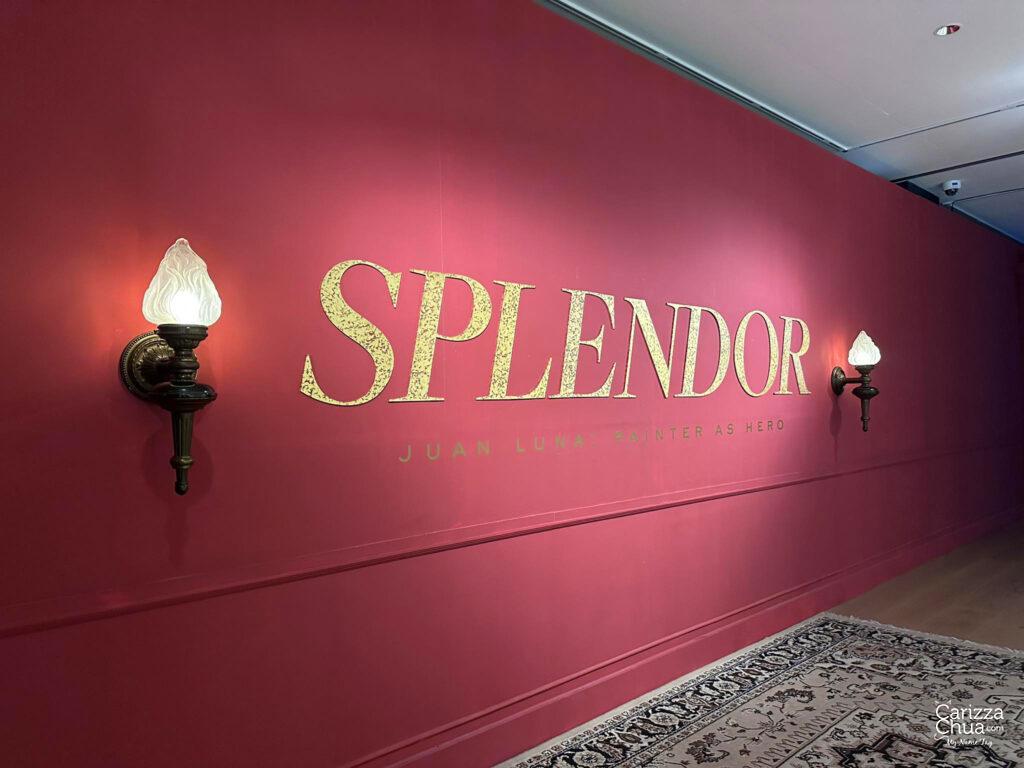
Few weeks ago, we finally had a chance to see the “SPLENDOR | Juan Luna: Painter As Hero” exhibition at Ayala Museum in celebration of the 125th anniversary of Philippine Independence and Nationhood.
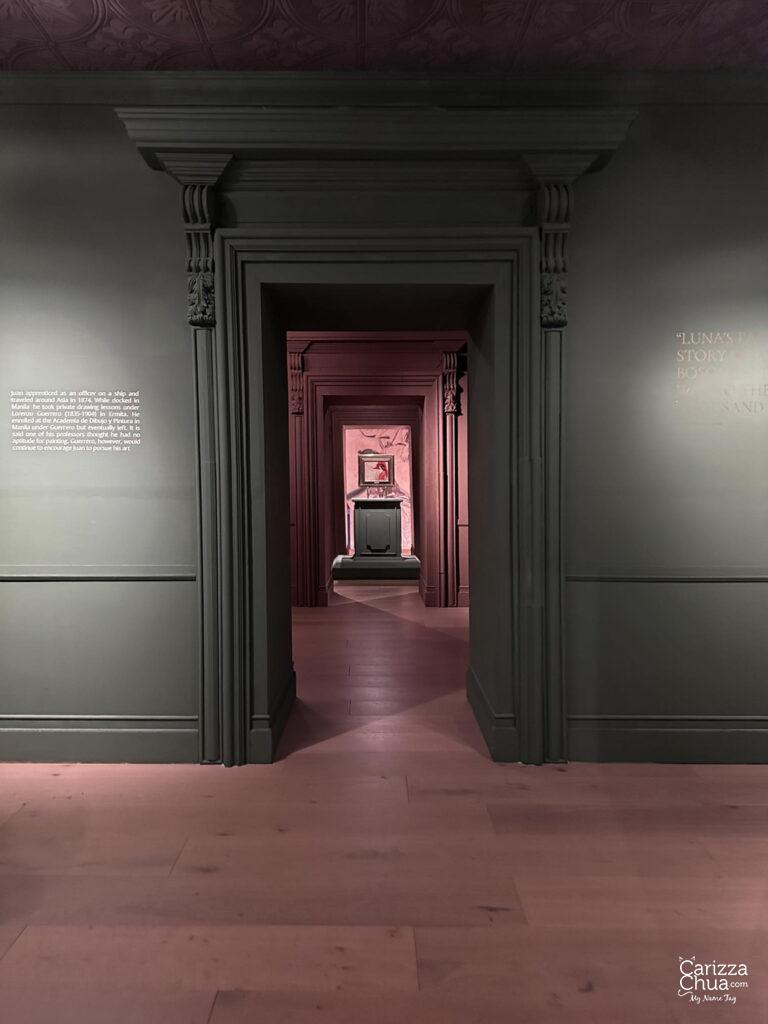
It aims to capture a watershed moment in our history through the analysis and investigation of the long-lost painting by Juan Luna, Hymen, oh Hyménée!, which received a Bronze medal at the 1889 Universal Exposition in Paris.
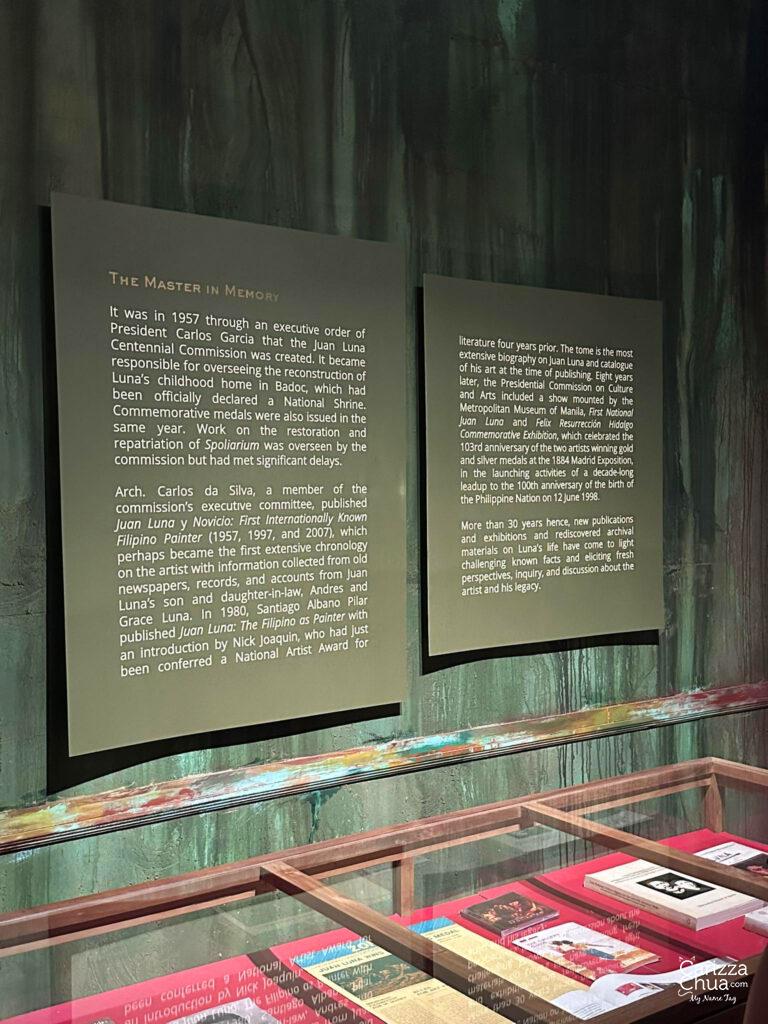
The whole exhibition was curated by Gino Gonzales. I love how he mixed olive and dark pink in this space, evoking mystery and moods, without disrupting the focus on the paintings. You’ll be funneled through a story from the introduction of the artist, his process and a little surprise at the end.
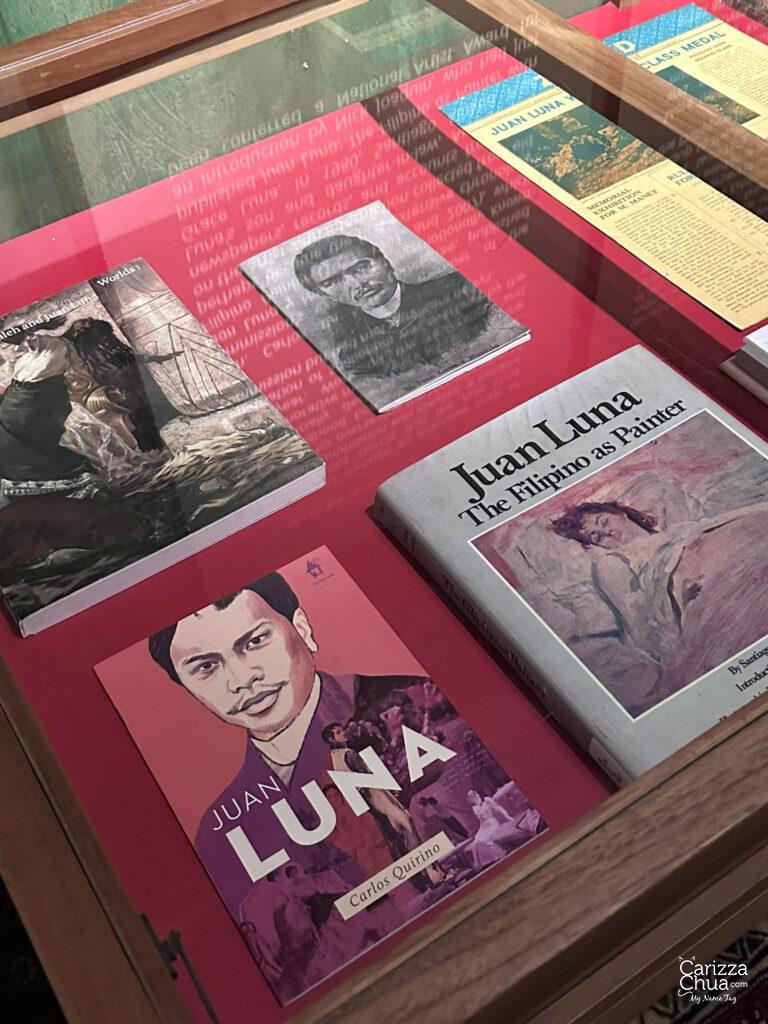
Hymen, oh Hyménée! had its beginnings in Venice during the artist’s honeymoon trip but its orientation was rooted in Luna’s Parisian sensibilities and classical training under Alejo Vera.
Here are some sketches of the Greek Goddesses by Juan Luna. You can see these elements on the actual painting later on. Sketches that might have been one of many studies for Hymen, oh Hyménée, entitled Greek Goddess, undated, ink on papel de Marquilla, from the Lopez Museum and Library Collection.
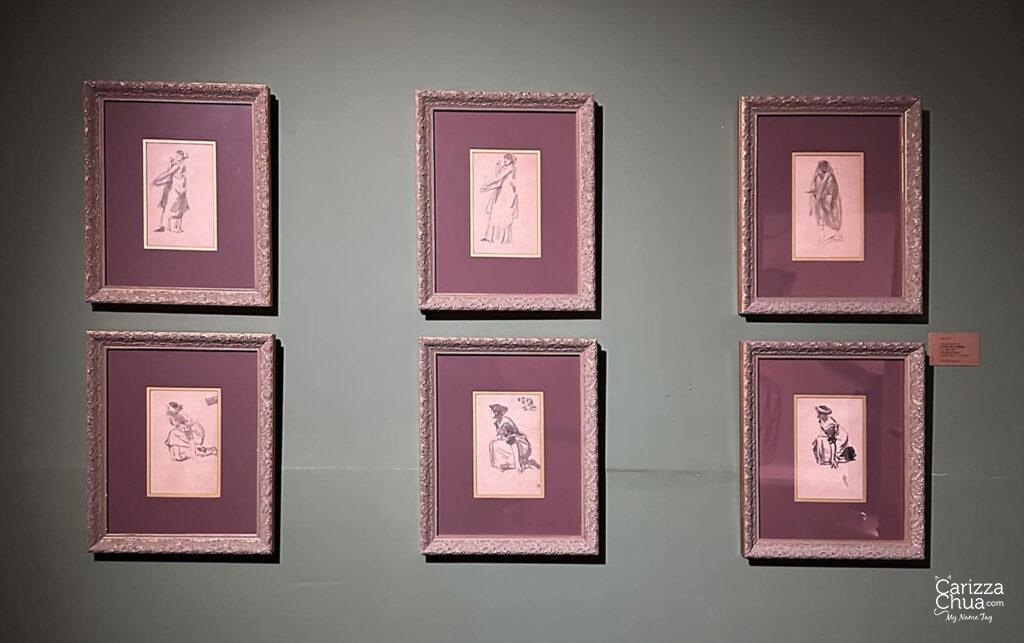
Juan Luna’s A LA EXIMA. SEA DUQUESA V “D MEDI SALA,” from the BPI Collection
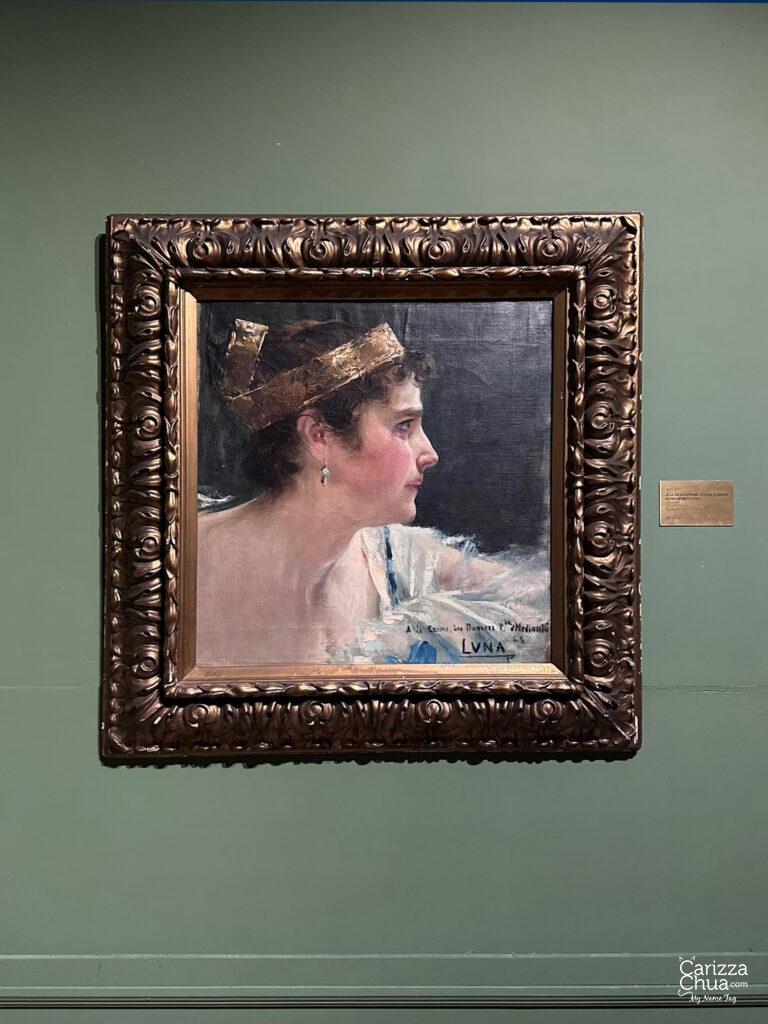
Hymen means the Roman God of marriage. The painting, also known as Boda Romana (Roman Wedding), has details of rituals that is probably part of a wedding tradition. It can be interpreted as an intimate and personal portrait of Juan Luna and his bride, Paz Pardo de Tavera.
From the Alejo Vera collection, Roman Interiors watercolor sketch by Juan Luna.
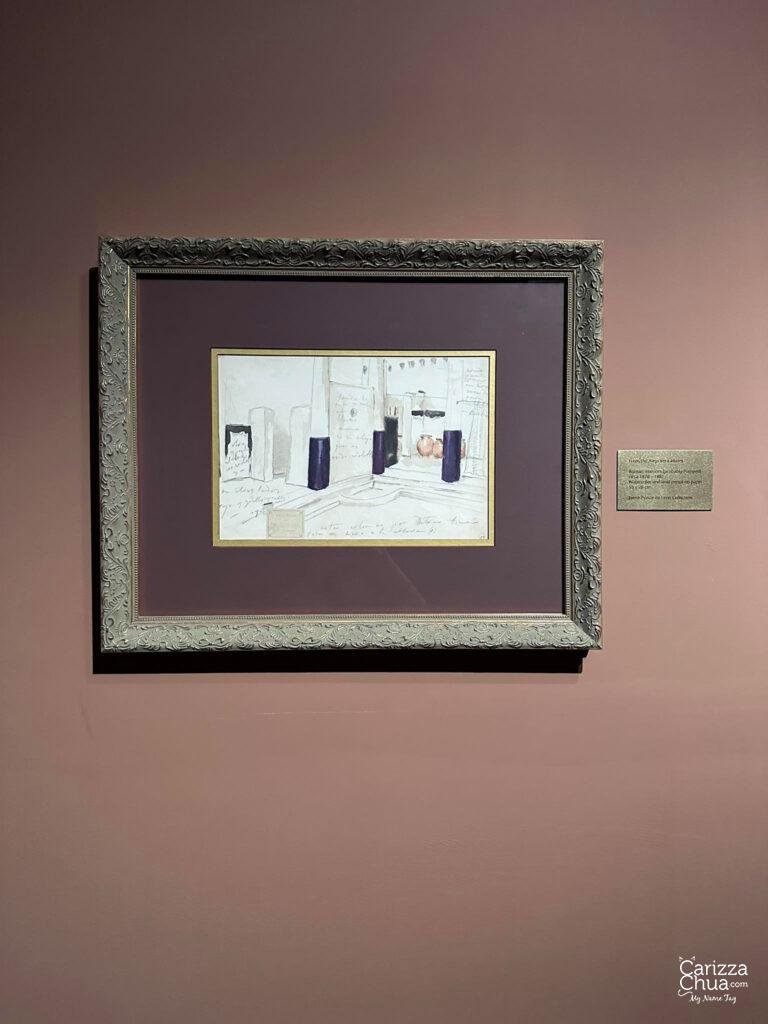
Study of Hymen, oh Hyménée!
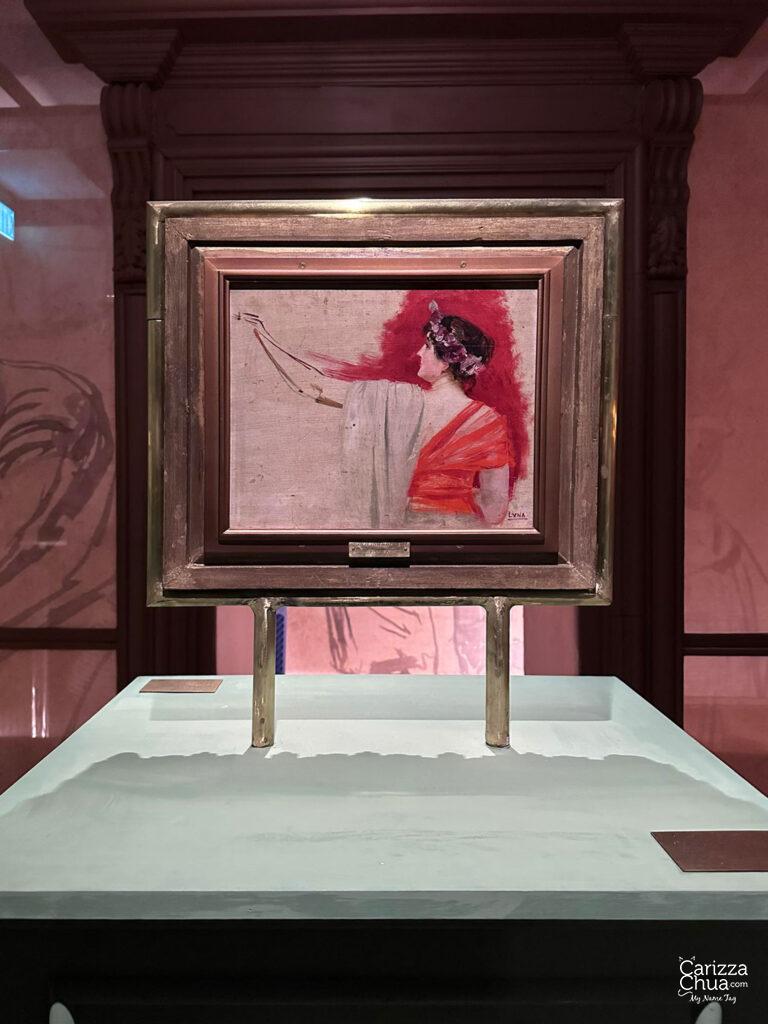
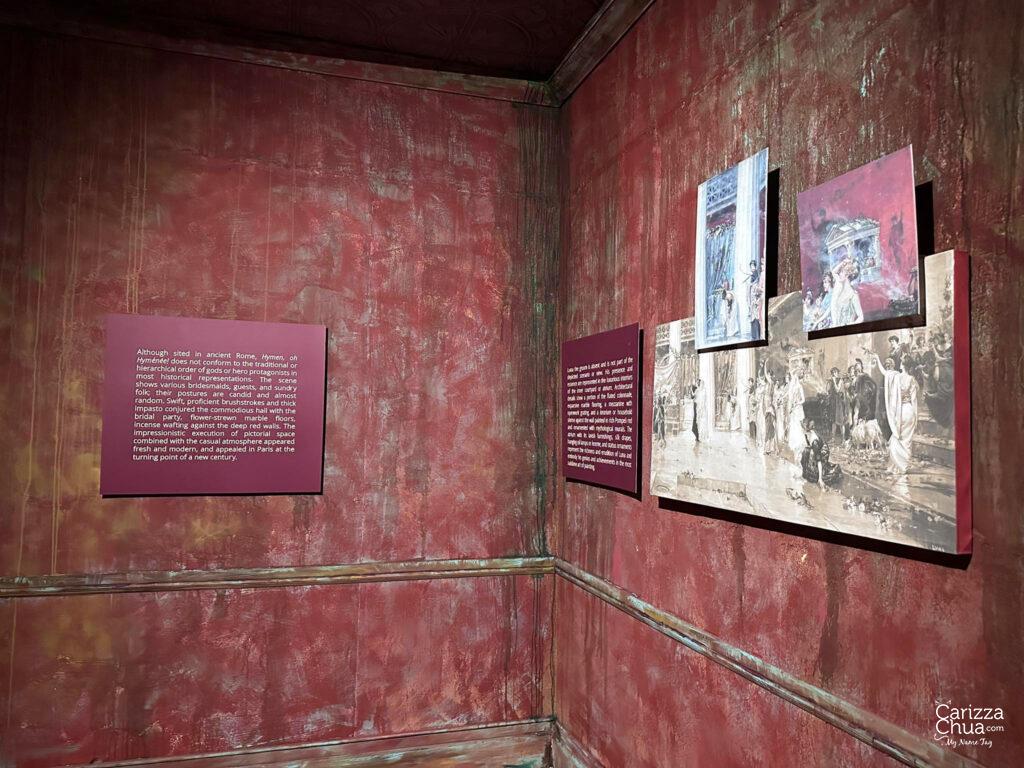
Luna’s elusive masterpiece entitled “Hymen, oh Hyménée!” (1886) was last seen in public 132 years ago in Paris and is now being exhibited in the Philippines for the very first time.
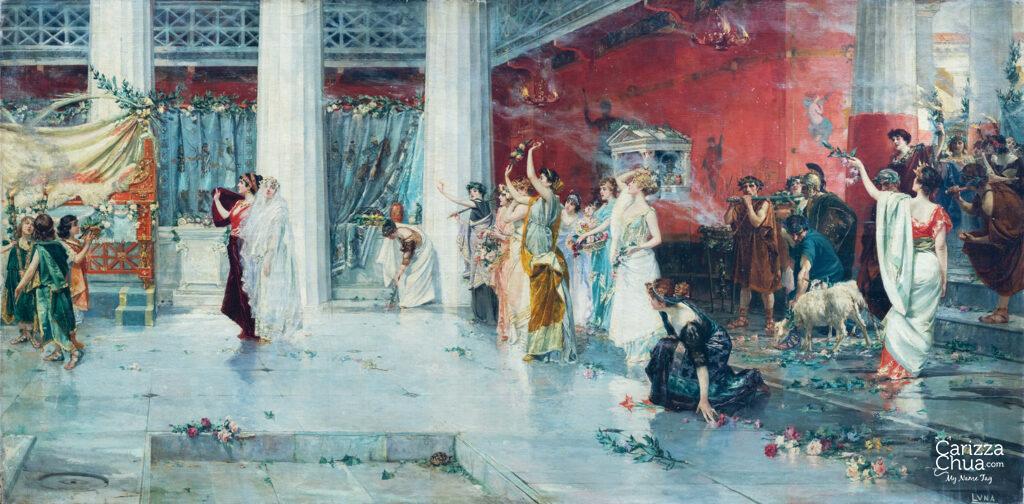
It was said that he brought the painting with him to Hong Kong where he suddenly passed in 1899. Then, the painting vanished mysteriously. It was later on acquired by a European family in 1920 but after that it was not seen in public for 132 years.
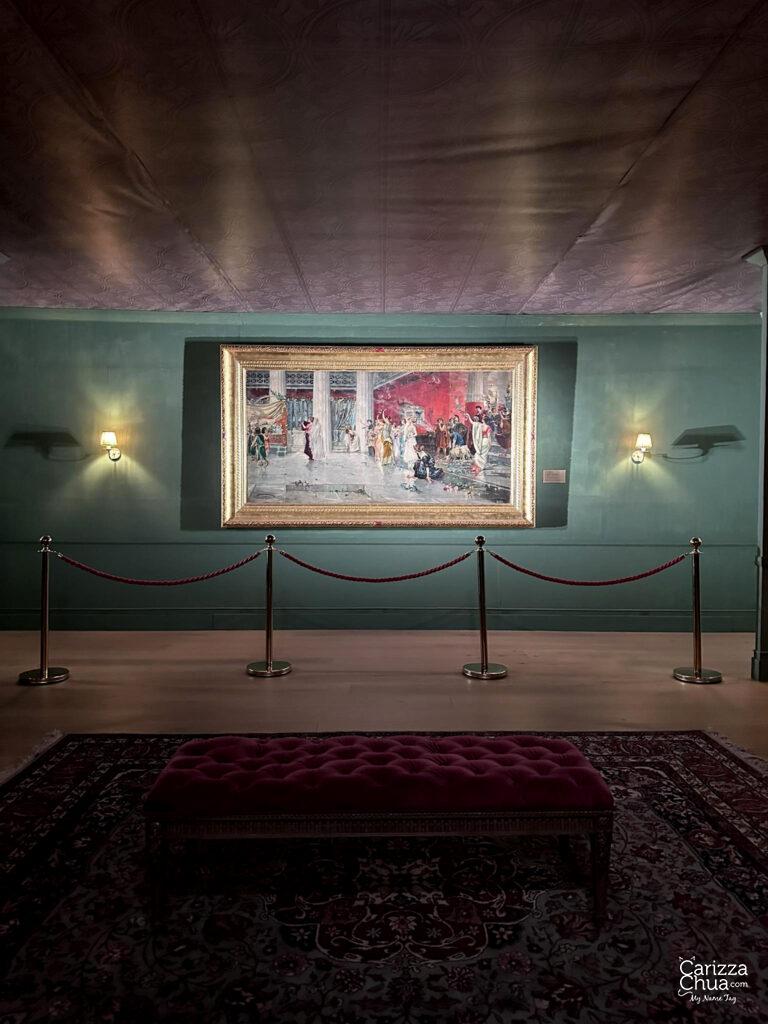
After many years, the painting was found and acquired by Léon Gallery director, Jaime Ponce de Leon. He first heard of it from the late art collector and connoisseur, Dr. Eleuterio “Teyet” Pascual, and other art enthusiasts. It took him three years to authenticate the artwork and complete the sale. Congratulations to Jaime Ponce de Leon for bringing the masterpiece home and for letting the public see it.
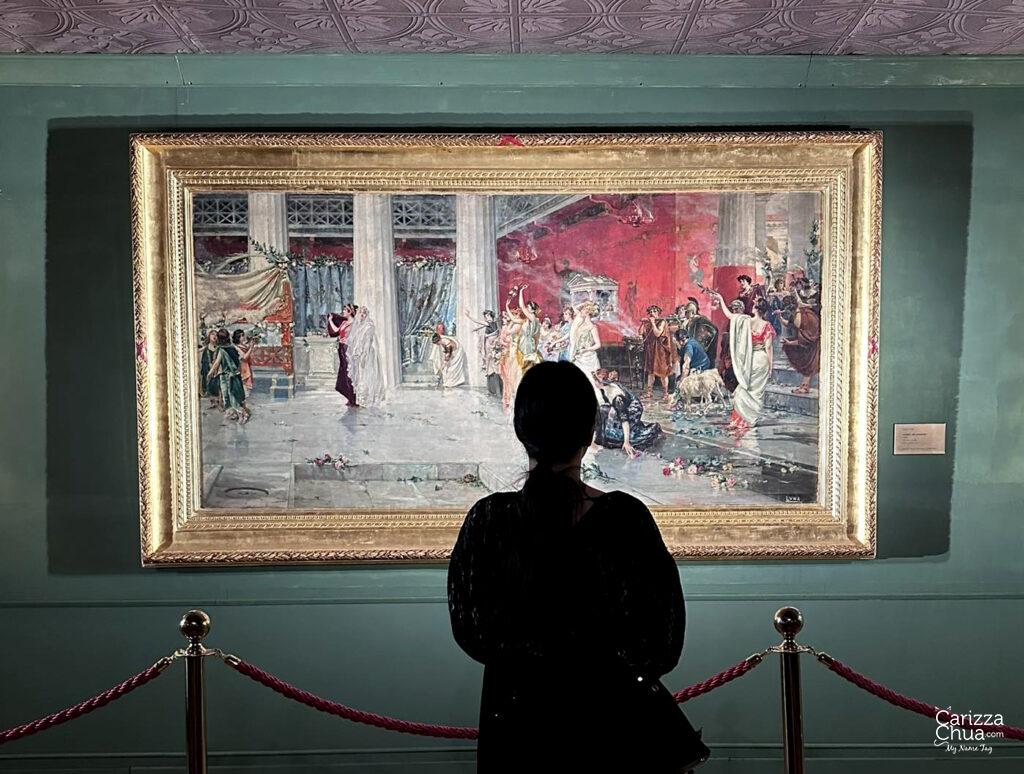
You can even spot this painting in Juan Luna’s photo at his studio. In the house of Juliana, his mother in law, whom he murdered along with his wife, Paz.
Photographed by Édouard Fiorillo. Courtesy of The Frick Collection/Frick Art Reference Library Archives
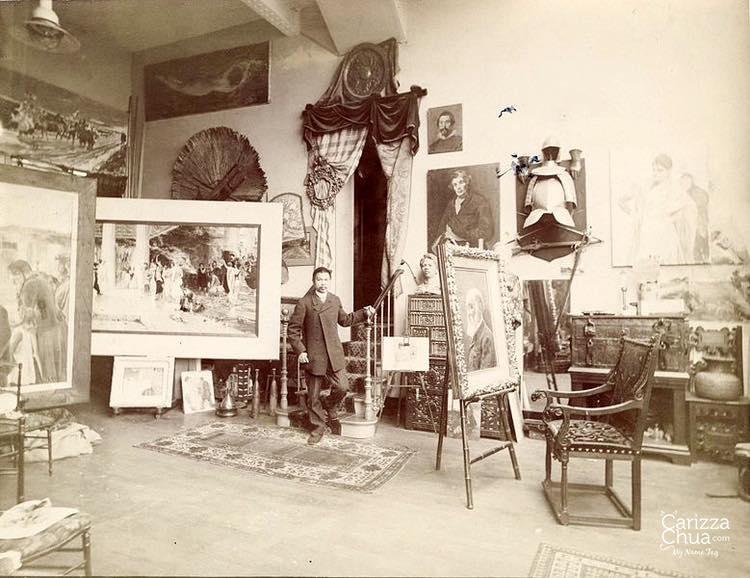
The last salon of the exhibit features a bust of Juan Luna by his best friend, Mariano Benlliure and on loan from the UST Museum.
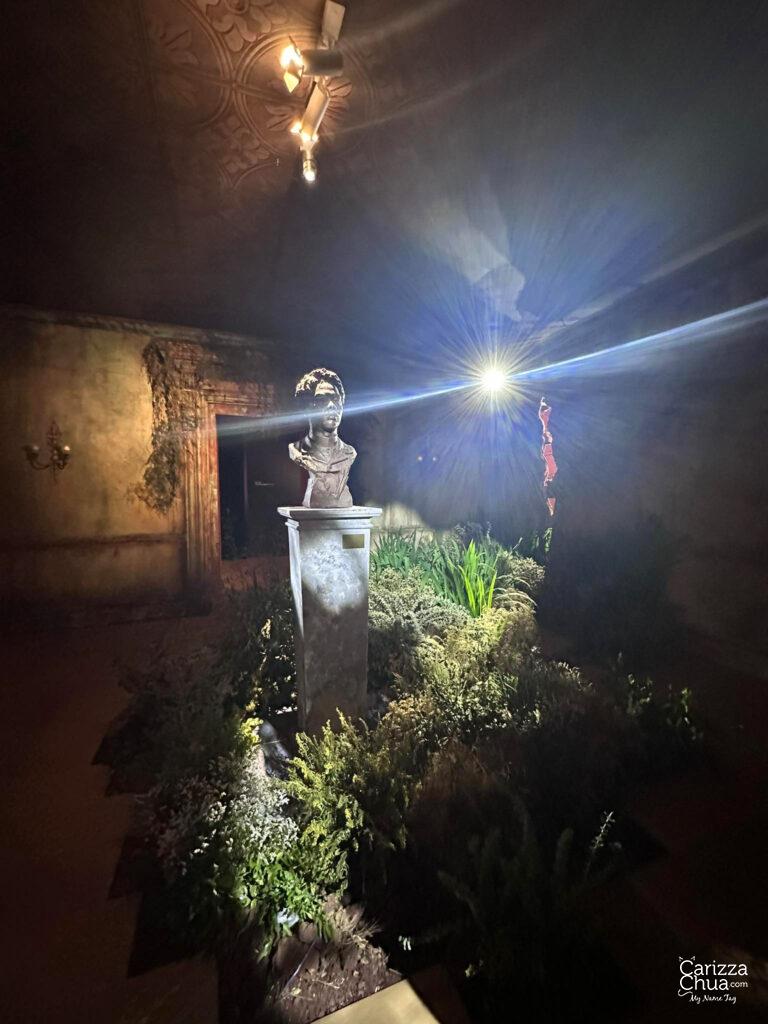
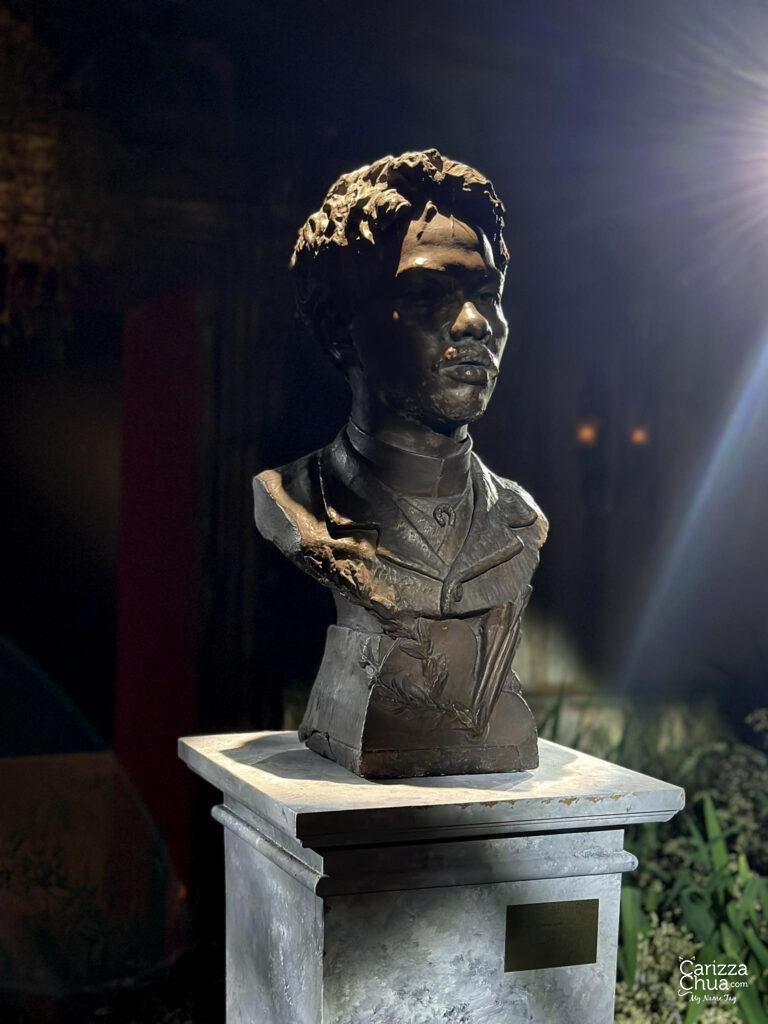
The exhibition at Ayala Museum is extended until March 24, 2024.
Last Updated on 1 year by Carizza

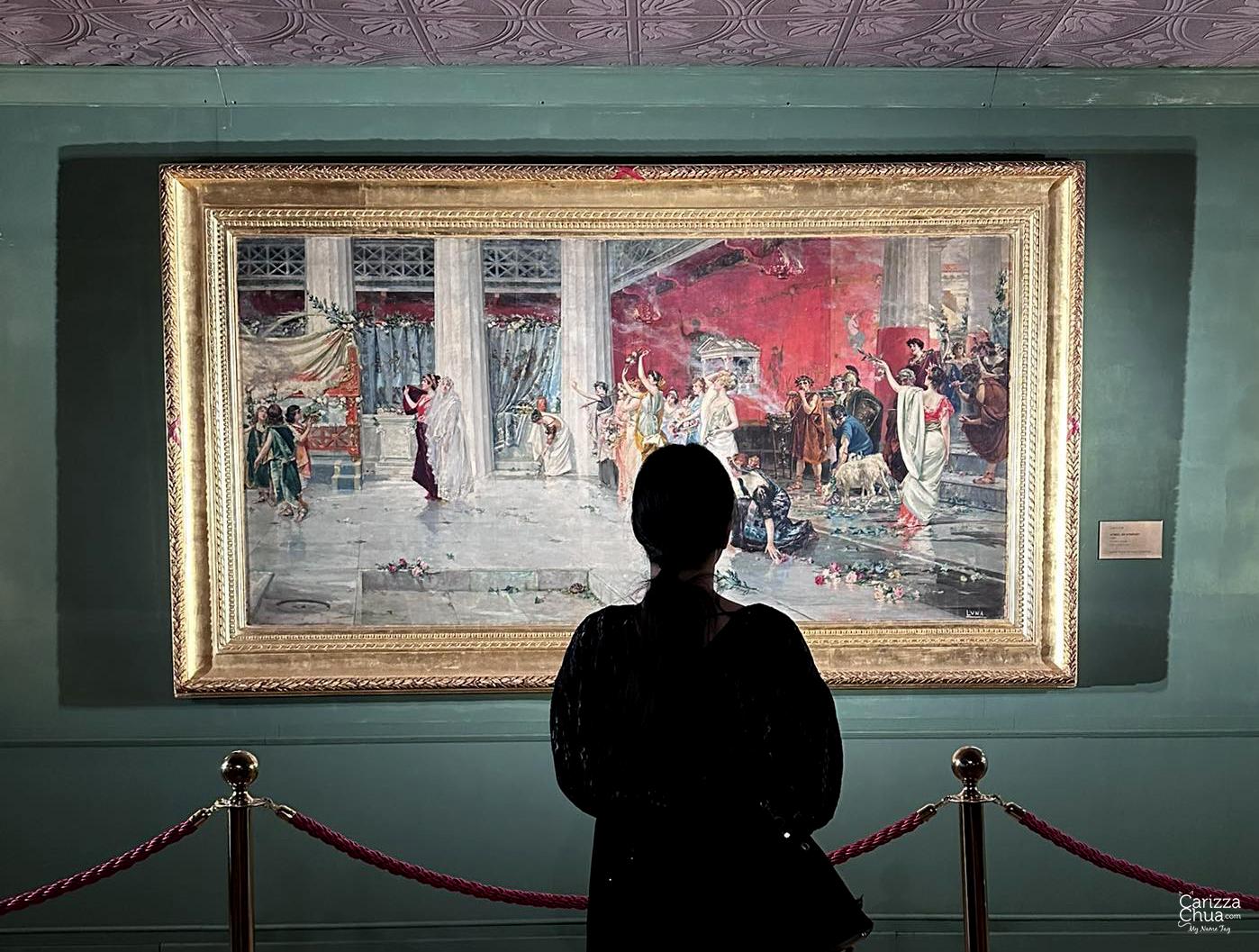
Leave a Reply